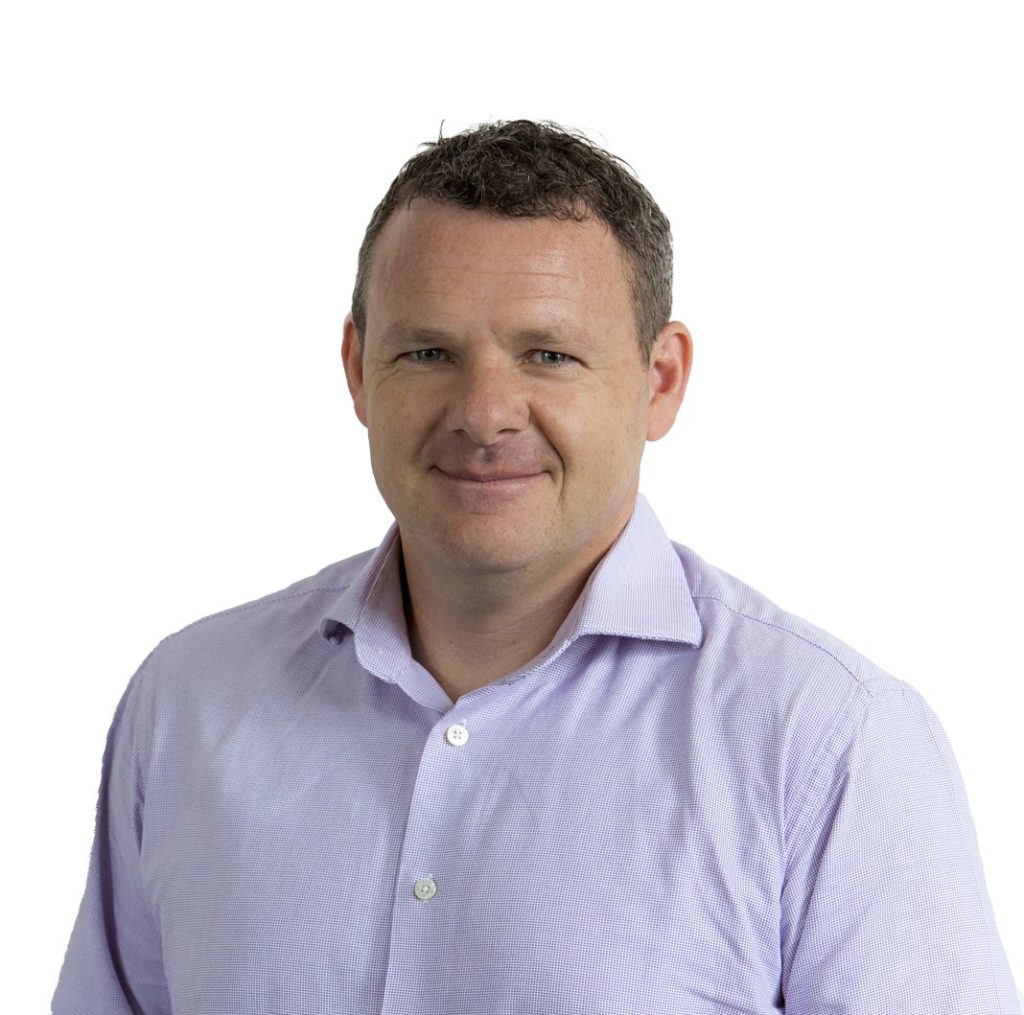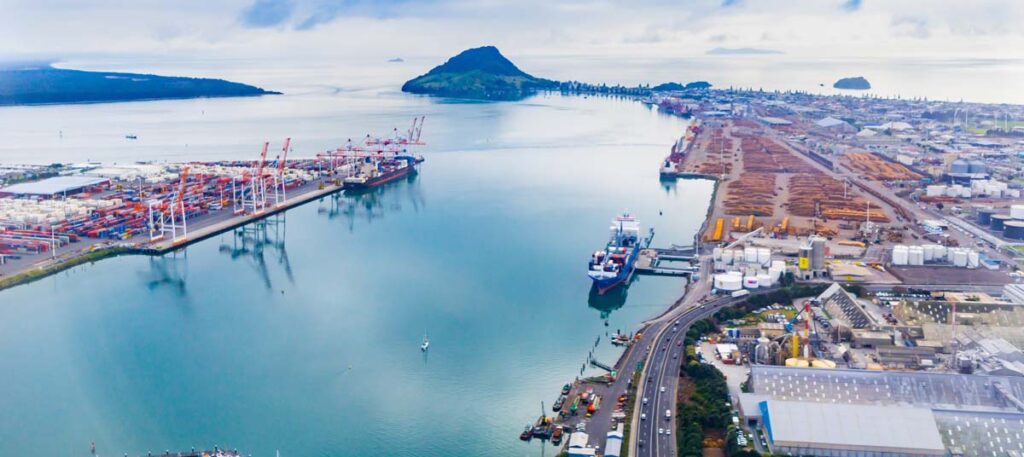Figures shared between Western Bay of Plenty and Waikato in a recent report highlight the regions’ significant growth surge, and what the opportunities and challenges are that come with that. RICHARD RENNIE investigates.
The twin growth engines of the two regions have had the hood lifted in the report, analysing where that growth is happening, and where further potential lies in the Te Waka-Priority One sponsored analysis.
Waikato and Bay of Plenty are among the country’s two fastest growing regions, driven by strong export commodity bases and have experienced almost 50% growth in population since 2000. Tauranga and Hamilton regularly feature among the country’s fastest growing cities in any one year.
The report’s authors found that the two regions have matched that population climb with some solid GDP growth.
The review also highlights the regions’ significant untapped potential with their shared logistics connections, complimentary manufacturing industries, and shared comparative advantages of population and location.
Western Bay of Plenty’s GDP has lifted 132% in real terms since 2000, while Waikato’s has been 77%. Between them Waikato generates 13% of the country’s exports by value, and the Western Bay 3.5%.

Nigel Tutt, Priority One CEO says while highlighting the growth engines they are, the review also highlights the regions’ significant untapped potential with their shared logistics connections, complimentary manufacturing industries, and shared comparative advantages of population and location.
The report highlights how Waikato and Western Bay of Plenty form two of the three planks in the fabled “Golden Triangle” of growth that links Tauranga, Auckland and Hamilton.
But both regions share relatively low productivity rates, reflected in GDP generated per job, compared to the national average.
It sits at an average of $119,000 for the Western Bay and $134,000 for Waikato, against a national average of $137,000.
Productivity growth rates have been relatively muted too, lagging population growth rates in each region, with Waikato experiencing a .3% per annum productivity growth rate and Western Bay 1.0%.
This reflects both regions having higher volumes of lower skilled occupations and relatively lower rates of knowledge intensive employment opportunities. This is also not helped by the higher-than-average levels of youth disengagement, with lower than national average success at NCEA level 2 and 3.
While movement of exports to Port of Tauranga, the country’s largest export port, are a big part of the regions’ interconnectivity, the infrastructure was also found to be at peak capacity, with significant opportunities to improve productivity through such steps as four-laning State Highway 29.
But despite these challenges, opportunities are starting to emerge that will help lift the value of employment, and the level of knowledge-based opportunities for both regions.
Having University of Waikato with its 13,000-student base now also stationed in Tauranga provides a good opportunity to leverage a more co-operative approach across the region for tertiary education.
A recent move integrating the university with region-specific science has been the establishment of a state-of-the-art marine research and education facility at Sulphur Point.
An initiative between Tauranga City Council and the University, the marine park will provide education and outreach programmes involving the wider community in all aspects of marine education and research.
Equipped with the latest in labs, classrooms and lecture spaces, it complements the city campus and the Adams Centre’s high performance sport facility at Mount Maunganui.
“The unique marine environments around the Bay of Plenty region makes the location of the new facility a nationally and naturally significant base to examine resilience in our increasingly stressed marine estate while identifying advances for our blue economy,” says University of Waikato marine scientist Professor Chris Battershill.
The establishment of a high-quality business park at Rangiuru is also aimed at fostering growth for industry and businesses in the Bay region. It will come from a strategic location alongside SH2, and only 25km from the port to provide a valuable asset for attracting smart industry to the region.
Grace Hakaria, marketing and engagement manager for Quayside Holdings says stage one covering 15ha is now available for sale with construction contracts running on schedule and the overall infrastructure for the site’s two stages well underway. Titles are expected to be released mid-2025.
With a focus on attracting logistics, storage, manufacturing, processing and horticultural companies, it is set to become a major industrial development in the Bay, backed with significant infrastructural and environmental investment.
The joint report also identified the need to deliver smoother flows of valuable exports between the Western Bay and Waikato. The Western Bay of Plenty Infrastructure Forum (WBOPIF) is ensuring this is put front and centre for the new city council.
WBOPIF spokesperson Greg Pert says the momentum established under the commissioners needs to be maintained, prioritising investment to ensure greater resilience and supply chain robustness.
Businesses have been shouldering large rate increases to support infrastructure growth, and it’s time for those investments to translate into tangible outcomes that benefit both businesses and the wider community.
“Our city has seen some great wins in recent years – from significant roading upgrades to commitment to building valuable research and education centres.
“But if we’re going to keep the Western Bay of Plenty growing and prospering, we need to sustain this momentum and continue driving forward.”
The forum has a 10-point action plan underlining key investments including the port extension, state highway 29 improvements, better port connectivity and ‘four-laning’ of the road from Hamilton to Tauranga.
Nigel Tutt, WBOPIF chair says that the business community needs action.
“Businesses have been shouldering large rate increases to support infrastructure growth, and it’s time for those investments to translate into tangible outcomes that benefit both businesses and the wider community.
“They need to see progress, not just plans.”











